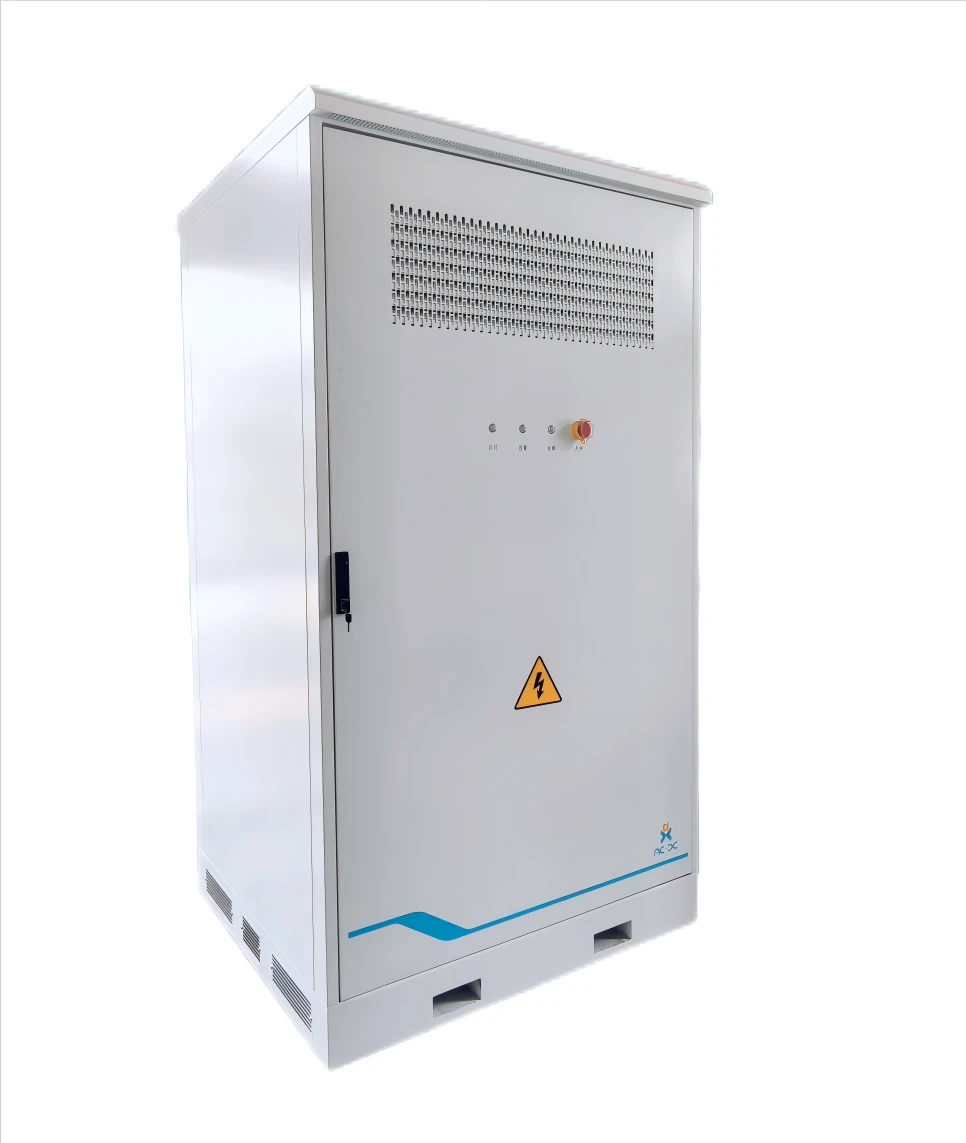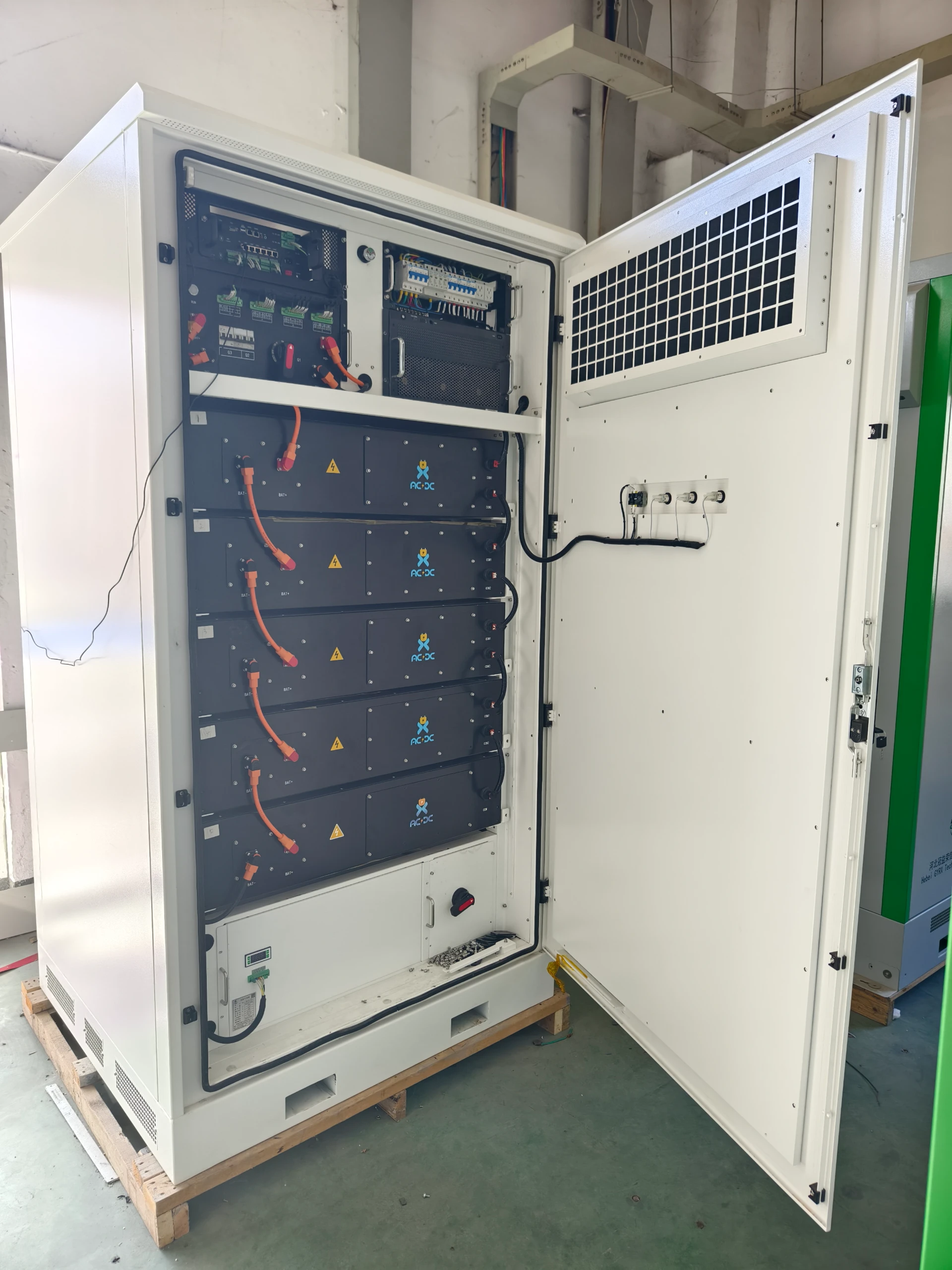
Juil . 24, 2025 02:01 Back to list
High-Efficiency Energy Storage System for OEM Solutions
Email: beika@acdctech.com.cn Phone: 008613285182182
Address: No. 58 Tongxin Road, Tongan town, Suzhou, Jiangsu province, 215000, China
1. Energy Storage System: Revolutionizing Power Management
With the worldwide shift towards renewable energy and decarbonization, the demand for energy storage system (ESS) solutions is accelerating. Modern energy storage system technologies—especially ess energy storage system deployed in grid, telecom, and commercial settings—are pivotal for balancing supply and demand, integrating intermittent renewables, and ensuring grid stability.
According to a 2023 report by Energy Storage News, the global ESS market is projected to exceed $150 billion by 2030, led by rapid advances in both battery chemistry and intelligent software management.
2. Market Trends in ESS and OEM Solutions
As distributed energy resources proliferate, the market sees strong momentum for OEM energy storage system offerings—enabling customized, turnkey, and scalable deployments tailored for energy suppliers, microgrid integrators, and large industrial sites.
The transition is marked by:
- High adoption of lithium-ion and LiFePO4 chemistries for ESS
- Integration with digital twins, AI-powered dispatch, and cloud-based data visualization
- Rising emphasis on safety (advanced BMS, thermal management) and sustainability (recycling, repurposing)
- Growing demand for compact, outdoor, self-cooling energy cabinets for distributed deployment



3. Key Technical Parameters of Modern Energy Storage System (ESS)
Selecting the optimal energy storage system involves understanding critical technical parameters. Below is a comparative table summarizing mainstream energy storage system configurations and their distinctions:
| Parameter | Typical Value (Utility-Scale ESS) | Commercial ESS | Outdoor Cabinet ESS (e.g. Self-Cooling-EN-215) | Reference |
|---|---|---|---|---|
| Energy Capacity | 1~500+ MWh | 50 kWh ~ 5 MWh | 50~350 kWh | ESN |
| Power Output | 0.5~100 MW | 30~3000 kW | 30~250 kW | CER |
| Cell Chemistry | Li-ion, LFP, NMC, vanadium flow | LiFePO4, NMC | LiFePO4 | ACS Chem Rev |
| Cycle Life | 3,000–8,000 cycles | 3,500–7,000 cycles | 6,000+ cycles | Sciencedirect |
| Round-trip Efficiency | 85–92% | 87–95% | ≥90% | EnergyCentral |
| Operating Temp | -20°C ~ +55°C | -10°C ~ +45°C | -20°C ~ +55°C (Self-cooling) | MDPI |
| BMS/EMS | Advanced, grid-integrated | Modular, scalable | Built-in, cloud-enabled | MDPI |
| Enclosure Standard | IP54/IP65 or custom | IP54/IP65 | IP55~IP65, outdoor rated | Wikipedia |
4. Product Spotlight: Self-Cooling-EN-215
Description: Outdoor Distributed Energy Storage Cabinet - Energy Type
Manufacturer: Suzhou ACDC New Energy Technology Co., LTD.
Product Page: https://www.acdcbess.com/self-cooling-en-215.html
Application: Microgrids, distributed energy, C&I, Telecom backup, eMobility
Core advantages: Integrated self-cooling, all-in-one architecture, ultra-long cycle life, cloud monitoring, rapid deployment
5. Self-Cooling-EN-215 Technical Indicators (Comparison & Visualization)
6. Applications and Scenarios of Modern ESS Energy Storage System
Energy storage systems are indispensable for a broad spectrum of applications, including:
- Industrial & Commercial Peak Shaving: Reduce energy demand charges via intelligent ESS.
- Microgrids & Off-grid Areas: ENS (energy neutral system) and backup for remote sites
- Renewable Integration: Smooth out volatility from wind/PV solar sources
- EV Charging Backbones: Grid-friendly fast-charging stations with backup
- Telecommunication Base Stations: Reliable backup power in variable outdoor environments
- O&M (Operator and Maintenance): Cloud management for real-time diagnostics and predictive maintenance
- OEM Deployments: Quickly integrated into 3rd-party microgrid, C&I, or utility projects
7. Professional Q&A — Energy Storage System Technical Terms
- Q1: What is the enclosure rating of Self-Cooling-EN-215 and why is IP65 important?
- The Self-Cooling-EN-215 features an IP55~IP65 enclosure, ensuring high levels of protection against dust and water ingress. IP65 is critical for outdoor ESS, preventing weather-induced failures and prolonging device lifespan. (Source)
- Q2: What cell chemistry is used in advanced energy storage system OEM cabinets?
- Predominantly, LFP (Lithium Iron Phosphate) cells are used due to superior safety, thermal stability, and cycle life compared to NMC and traditional Li-ion chemistries. (ACS Chemistry Review)
- Q3: Does the Self-Cooling-EN-215 comply with IEC/UL standards?
- Yes, the product adheres to major international standards such as IEC 62619/UL 9540A for safety, fire protection, and system reliability (UL 9540A).
- Q4: What is the typical round-trip efficiency?
- The Self-Cooling-EN-215 achieves ≥90% round-trip efficiency, outperforming many standard outdoor ESS products. This results in lower operating costs and improved ROI over the system’s lifetime.
- Q5: How is smart management realized (BMS/EMS)?
- Integrated BMS and EMS enable predictive maintenance, remote real-time diagnostics, cloud-based monitoring, and AI-powered energy dispatch for both standalone and fleet operations. (MDPI)
- Q6: Can the cabinet be deployed in extreme outdoor climates?
- Yes, the operating temperature range of -20°C to +55°C (with self-cooling) makes it suitable for cold and hot geographies, ensuring continuous, stable operation.
- Q7: How scalable is the oem energy storage system architecture?
- Self-Cooling-EN-215 supports modular expansion (multi-cabinet parallelability), seamless EMS/BMS aggregation, and interoperability with other OEM energy storage systems, ideal for evolving energy infrastructure.
8. OEM Energy Storage System: Advantages for System Integrators
OEM energy storage system platforms from Suzhou ACDC bring tangible business value to system integrators and project developers:
- Short lead times and global supply chain support
- Customizable cabinet sizing, AC/DC output, and software integration
- Factory acceptance testing, documentation, and after-sales support
- Robust certification ensuring compliance in North America, Europe, and Asia-Pacific
9. Why Choose Suzhou ACDC for Energy Storage System Solutions?
Suzhou ACDC New Energy Technology Co., LTD., is a recognized leader in the ESS sector, known for its advanced R&D capabilities and strong quality control.
- Cutting-edge self-cooling and smart BMS/EMS technology
- Extensive industry certifications and third-party validations
- Global reach, with successful deployments in Europe, Southeast Asia, and Africa
- User-friendly OEM integration and customization services
Email: beika@acdctech.com.cn Phone: 008613285182182
Official Website: www.acdcbess.com
[1] Energy Storage News (2023) - Global ESS Industry Statistics
[2] Clean Energy Reviews - Battery Storage Technology
[3] ACS Chemical Reviews - Li-ion Battery Chemistry
[4] ScienceDirect - Long-Life Battery ESS Studies
[5] MDPI Energies - ESS Predictive Maintenance
[6] UL - UL 9540A Fire Safety
[7] Industry Exchange: Energy Storage Community
[8] Wikipedia - IP Code Standards
This is the last article
-
High-Efficiency Energy Storage System for OEM Solutions
NewsJul.24,2025
-
Intelligent Energy Management for Efficient Power Use at Home
NewsJul.23,2025
-
Advanced Energy Management System EMS OEM Solutions
NewsJul.22,2025
-
Efficient Energy Management System: Optimize Savings & Monitoring
NewsJul.21,2025
-
Reliable ESS Energy Storage Solutions | Efficient Power Backup
NewsJul.21,2025
-
Self-Cooling-PW-164: Advanced Automatic Cooling Motor Technology
NewsJul.20,2025























